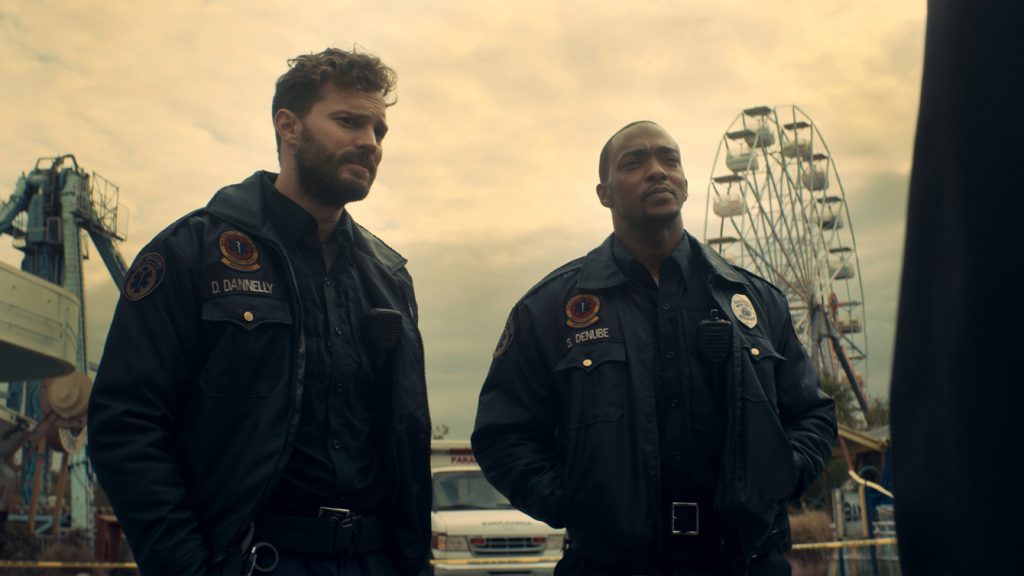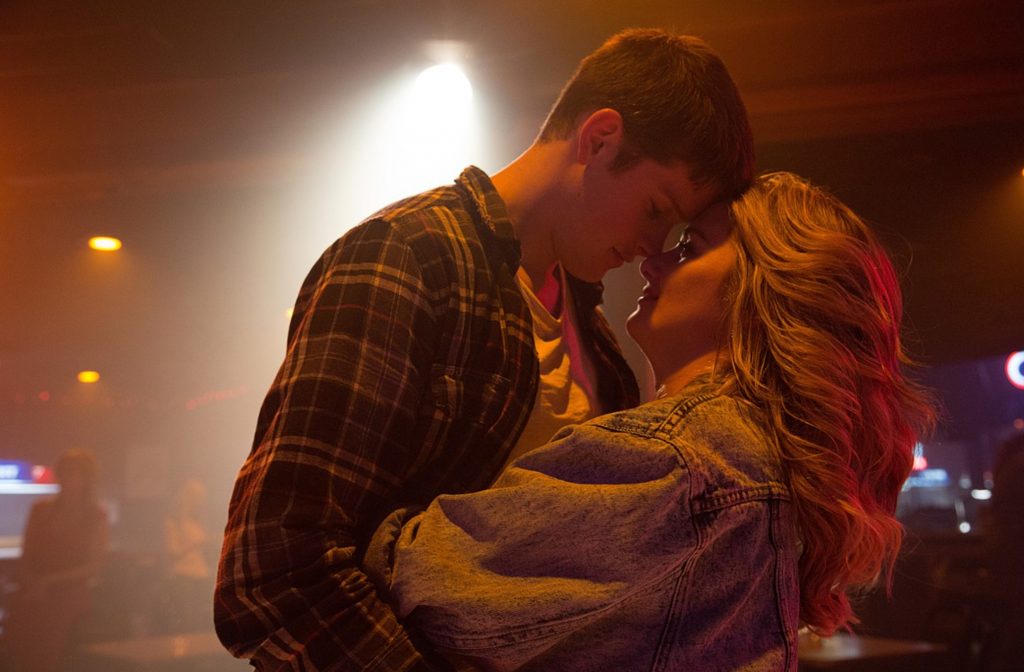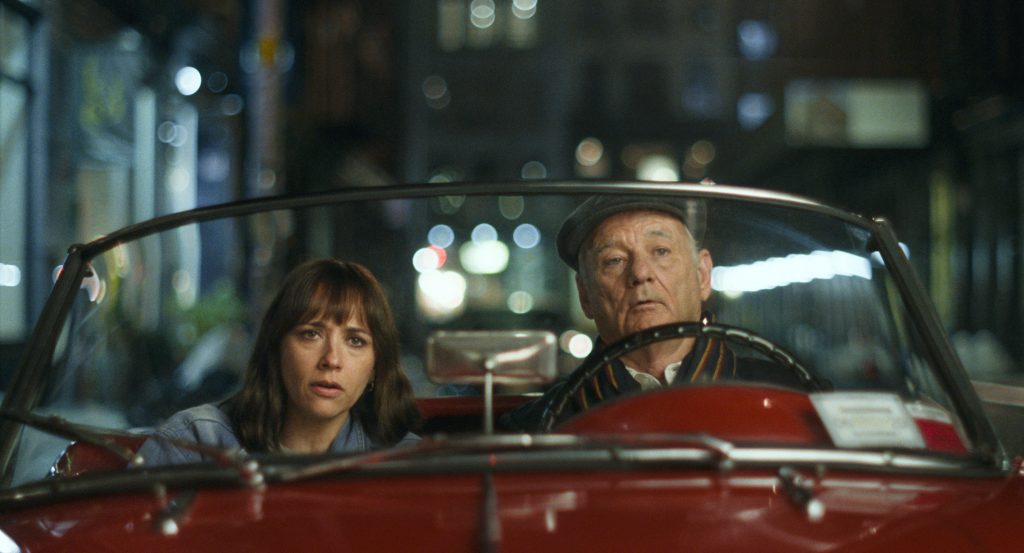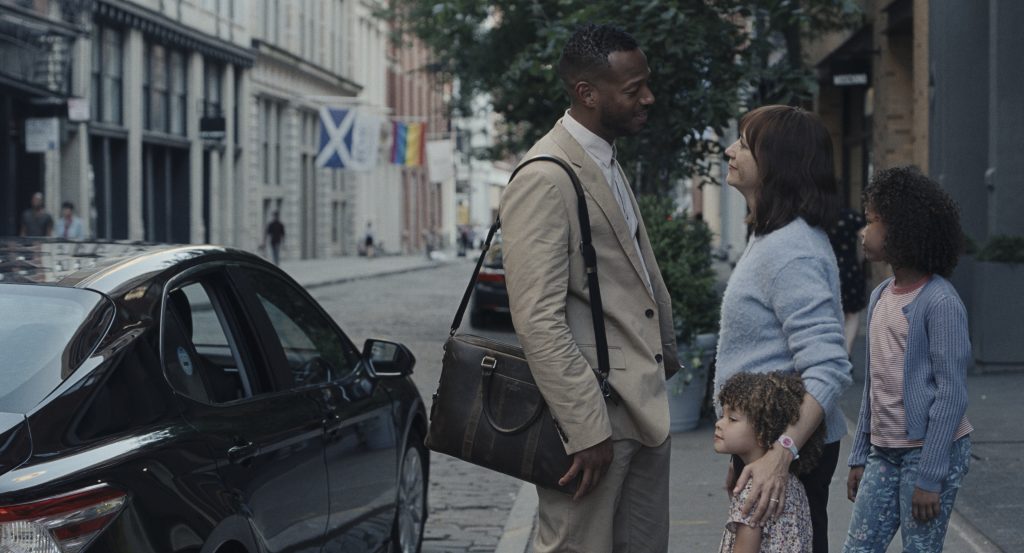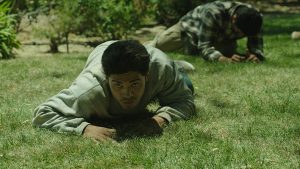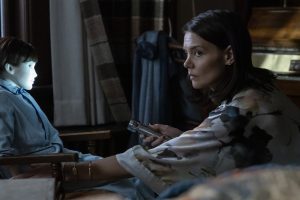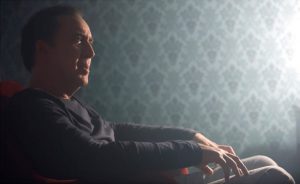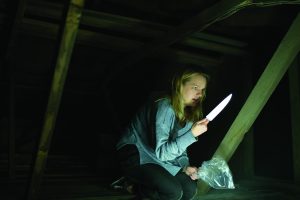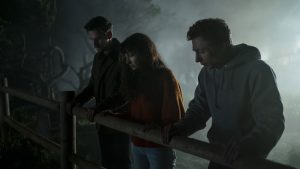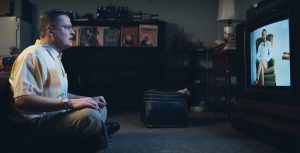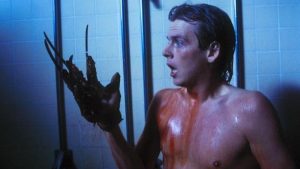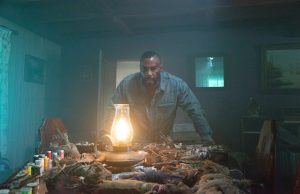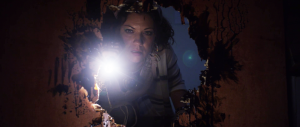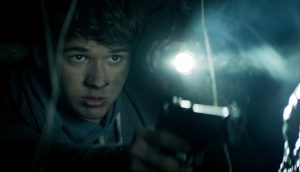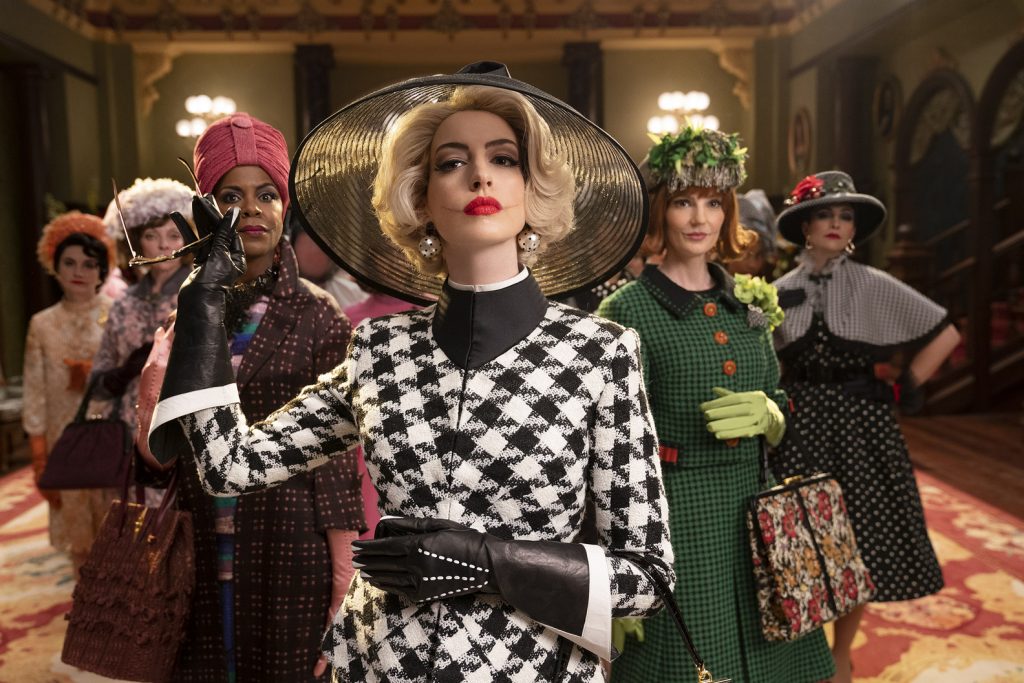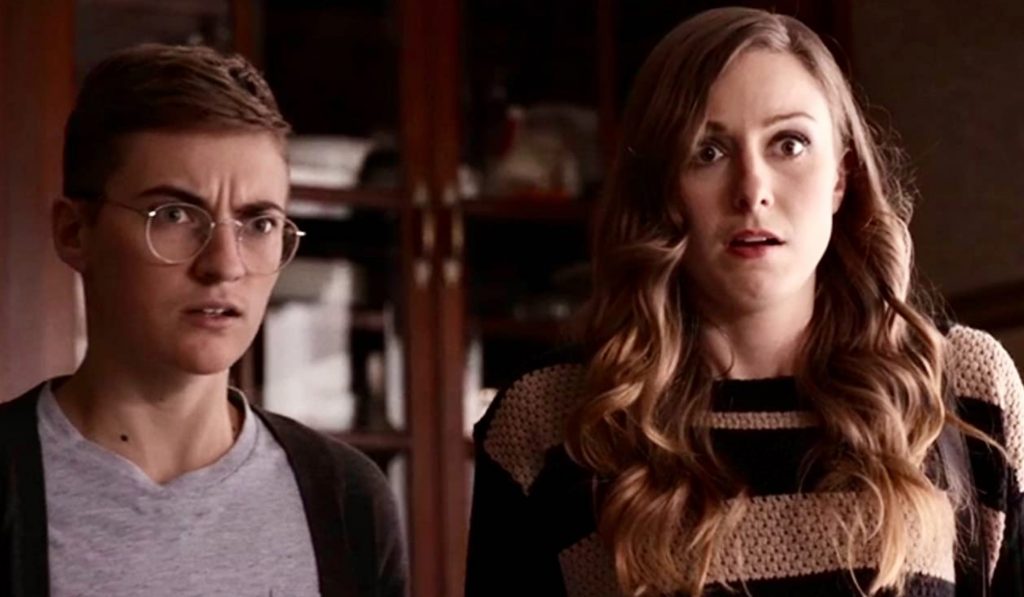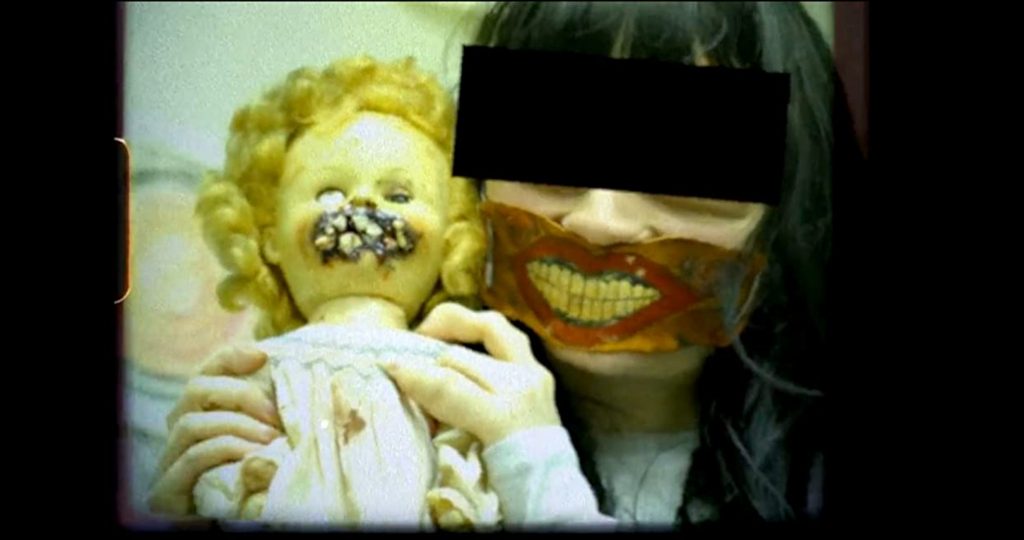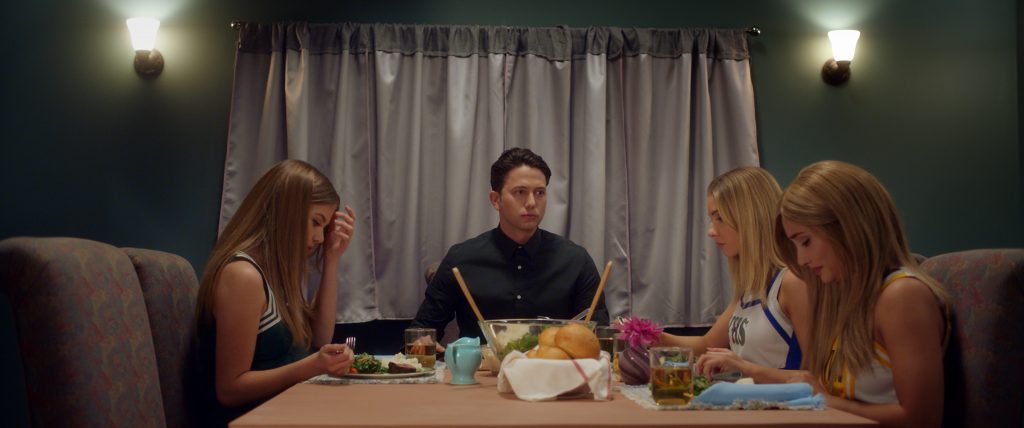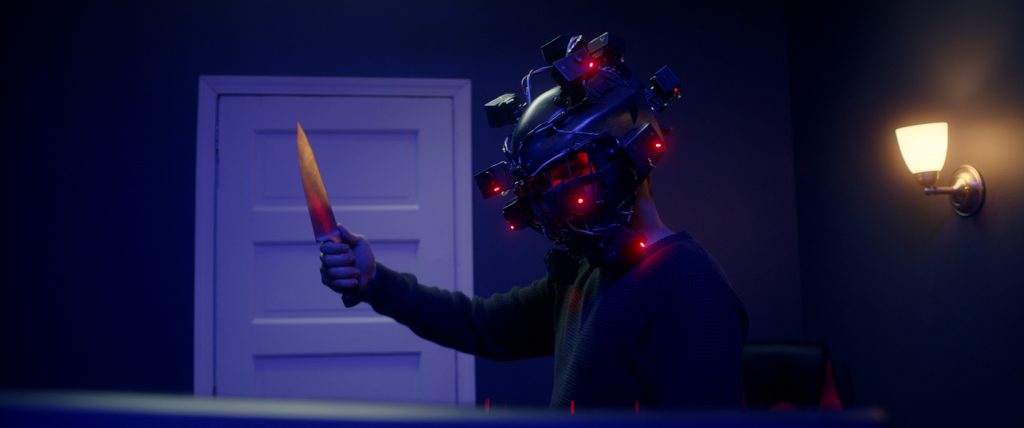October 24, 2020
by Carla Hay
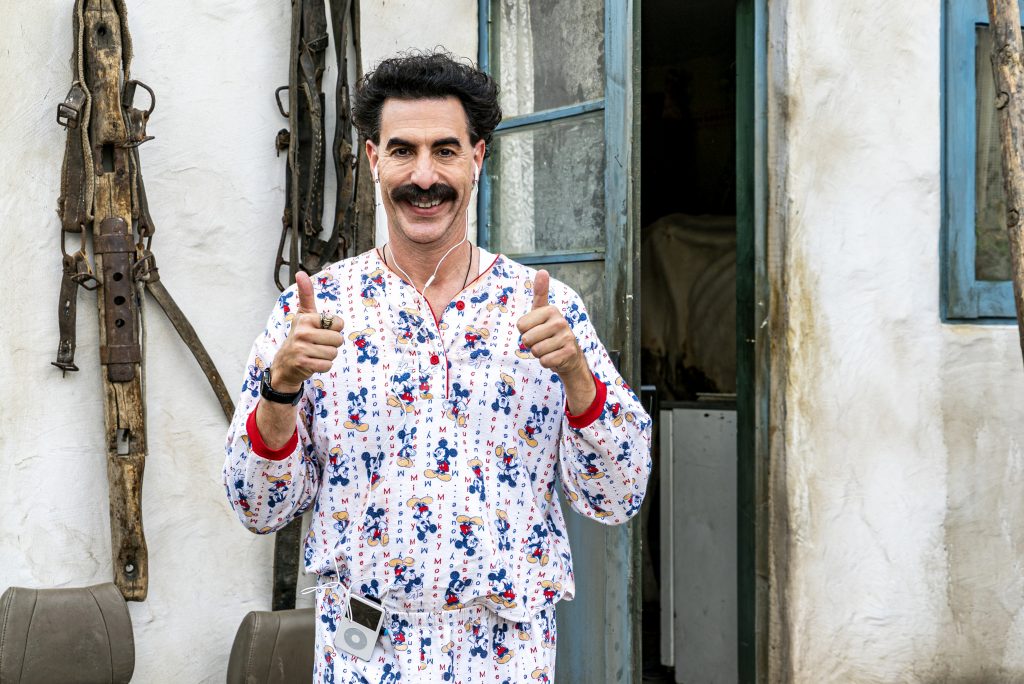
Directed by Jason Woliner
Culture Representation: Taking place in Kazakhstan and in various parts of the United States, the comedy film “Borat Subsequent Moviefilm” features a predominantly white cast (with some Asians and a few African Americans) representing the middle-class and working-class.
Culture Clash: Borat Sagdiyev, the notorious politically incorrect TV journalist from Kazakhstan, returns to the United States to hep ingratiate Kazakhstan with the Donald Trump administration.
Culture Audience: “Borat Subsequent Moviefilm” will appeal to people who like scathing satires on politics and culture, mixed with lowbrow gags that sometime reach gross-out levels.
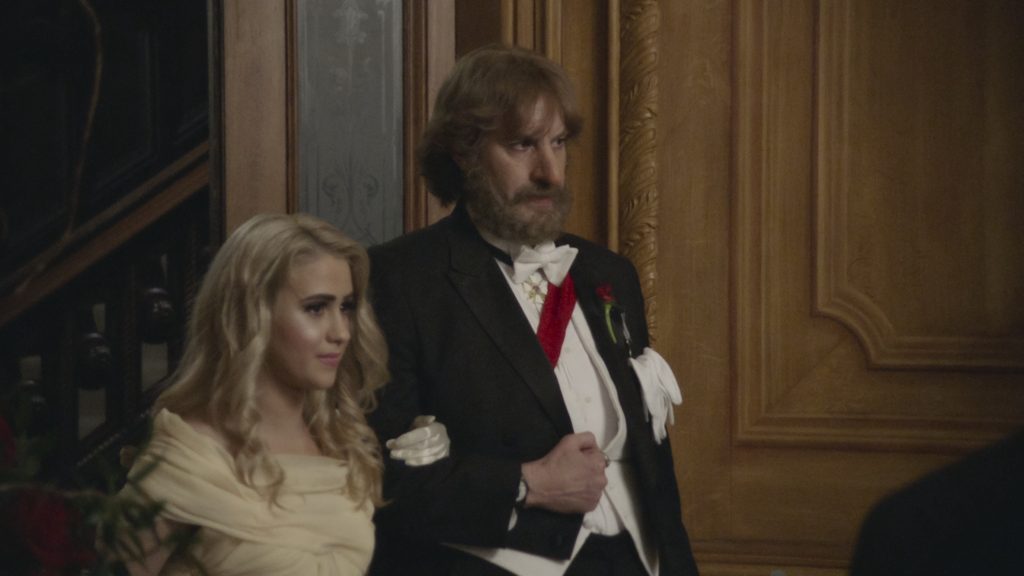
Just like most sequels, “Borat Subsequent Moviefilm” isn’t as good as the original movie, but this satire still has plenty of laugh-out-loud moments that should satisfy people who are fans of Sacha Baron Cohen’s brand of irreverent comedy. Baron Cohen, a British comedian, has made a career out of playing on-camera pranks as various characters. He first reached international fame in the early 2000s with “Da Ali G Show,” which aired on HBO in the United States. But the biggest success so far in Baron Cohen’s career has been the 2006 comedy film “Borat: Cultural Learnings of America for Make Benefit Glorious Nation of Kazakhstan,” which many people consider to be his best creative work.
The first “Borat” movie, which is filmed mockumentary style, introduced the world to Baron Cohen’s character of Borat Sagdiyev, a socially inept and politically incorrect TV journalist from Kazakhstan who traveled to America and played unsuspecting pranks on people while in character. Most of the movie was scripted with actors, while the best parts of the movie did not have actors. However, the success of the first “Borat” movie was a double-edged sword, because Baron Cohen became so famous as Borat, it was difficult to do another “Borat” movie without a lot of people recognizing him dressed as the Borat character.
Now, 14 years since the first “Borat” movie was released, Baron Cohen felt the time was right in 2020 to do a second “Borat” movie, which was partially filmed during the COVID-19 pandemic. “Borat Subsequent Moviefilm” takes aim at Donald Trump’s presidential administration by skewering Trump supporters, in addition to tackling hot-button issues, such as racism, anti-Semitism, xenophobia, abortion, sexism, human trafficking and the COVID-19 pandemic. The movie also doesn’t let people on the liberal side of the political spectrum off of the hook, as Borat says that Kazakhstan’s leadership believes that former U.S. president Barack Obama “ruined” the United States and is “an evil man who stood against all American values.”
The opening scenes of “Borat Subsequent Moviefilm” give a brief summary of what Borat was up to in the 14 years since the first “Borat” movie was released. The first “Borat” movie brought shame to Kazakhstan and caused the country’s economy to suffer. (Exports of potassium and pubis decreased significantly.) Borat was blamed for the decline of Kazakhstan, so he was banned from being a journalist, and he was sentenced to hard labor in a prison camp.
However, is he let out of prison when he is summoned to the presidential palace and finds out in a meeting with Premier Nazarbayev (played by Dani Popescu) that Kazakhstan wants to align itself with the Trump administration and get Trump’s respect. Borat has experience being in America, so he’s chosen to be somewhat of an ambassador to deliver a gift to Trump. However, Borat defecated in front of a Trump hotel the last time he was in America, so Borat is pretty sure he’s won’t get close to Trump.
Therefore, it’s decided the next best thing would be to give a gift to U.S. Vice President Mike Pence, whom Borat describes as such a notorious “pussy hound” that Pence’s wife won’t let Pence be alone in a room with any woman except for her. (It’s a spoof on Pence’s well-known personal policy to not to be alone in a room with a woman who isn’t his wife, in order for him to avoid #MeToo accusations.) Borat is ordered to present Pence with a monkey called Johnny the Monkey, which is Kazakhstan’s minister of culture and No. 1 TV star because this monkey is known for doing pornographic acts on camera.
While he was imprisoned, a neighbor took over Borat’s household and raised his three sons: Huey Lewis “Jeffrey Epstein” Sagdiyev (played by Alin Popa), Bilak Sagdiyev (played by Ion Gheorghe) and Biram Sagdiyev (played by Nicolae Gheorghe), who do not respect Borat. All that’s left for Borat when he comes home are two pigs, a sickly cow and a 15-year-old daughter Tutar Sagdiyev (played by Maria Bakalova), who lives in a filthy pig pen like a farm animal.
Females are considered so unimportant in the household that Borat didn’t even know that he had a daughter until he came home from prison. (Borat’s wife is nowhere to be found in the movie. It’s presumed that she left him.) Throughout the movie, there are parodies of Muslim/Arabic culture that teaches that males are always dominant and superior to females. Tutar thinks it’s normal for herself to be caged up like an animal, so that’s a running gag in the movie.
Borat travels ahead to the United States to wait for the arrival of Johnny the Monkey, which will be sent by crate. And Borat is surprised at some of the new technology that’s become available since the previous time in America. (He thinks smartphones look like “magical calculators.”) Borat isn’t too keen on this technology, so he sticks to using fax machines to communicate with officials back in Kazakhstan. And that’s another running joke in the movie.
The first place Borat goes to during his return to America is Galveston, Texas, where several people recognize him, much to his delight. And he gets a shock when the crate arrives carrying Johnny the Monkey: Borat’s daughter Tutar is in the crate, and she sat on the monkey, so the monkey is now dead. Borat decides the next best thing would be to offer Tutar as a gift to Pence. She undergoes a blonde makeover that makes her look like a woman who could be a Fox News reporter or a cast member of “The Real Housewives of Orange County.”
The rest of the movie involves various hijinks that either show Borat preparing to pimp out his daughter and/or trying to get close to people who are Trump supporters. Some of the people in these scenes are actors, while others are not. Borat visits a bakery shop and asks the owner/manager to put icing on a cake to read “Jews will not replace us,” which is a nod to what the white supremacists chanted during the deadly 2017 Unite the Right rally in Charlottesville, Virginia.
At a pro-life crisis pregnancy center, which is set up for the sole purpose of convincing pregnant females to not have abortions, Borat tells Pastor Jonathan Bright that he has impregnated his daughter Tutar. The pastor’s response is to say that it doesn’t matter how she got pregnant, she can’t terminate the pregnancy: “God is the one who creates life. And he doesn’t make accidents.” The pastor doesn’t seem alarmed by the “incest,” which is a crime that someone in his position would be obligated to report.
Another scene that’s more staged but was still made to make people feel uncomfortable is when Borat and Tutar attend the Macon Debutante Ball in Macon, Georgia. They end up doing a father-daughter dance together, even though Tutar warned Borat that she was having her menstrual period. And the results are shown in explicit details in the movie.
Of course, the most-talked about scenes in “Borat Subsequent Moviefilm” involve those with real-life Trump cronies. Borat crashes the American Conservative Union’s 2020 Conservative Political Action Conference, which happened in February, before the COVID-19 pandemic shut down businesses and events around the world. Borat arrives at the conference dressed in a Ku Klux Klan outfit, and he’s heard saying that he’s one of Trump’s senior advisers:, “I’m Stephen Miller! Sorry I’m late!”
Pence was a speaker at the conference, and during the speech, Borat puts on another disguise, this time as Trump. Borat (in a Trump costume) carries Tutar over his shoulder, caveman-style, and attempts to deliver her to Pence. Borat is thrown out by security, as Pence frowns in disgust from the stage.
Toward the end of the film, Tutar (who poses as a TV journalist) interviews Rudy Giuliani in a hotel suite and gushes over him like a star-struck fan. The interview took place during the COVID-19 pandemic, and there were no masks worn or social distancing for this interview, during which Giuliani spouts a conspiracy theory that COVID-19 is a man-made virus created by China. Borat is in disguise as Tutar’s sound engineer.
Giuliani clearly loves the adoring attention that he’s getting from this attractive young woman. He gets touchy-feely with her and drinks alcohol with her. (Giuliani has gone on record saying that he thought she was old enough to drink alcohol and that he was tricked.)
Later, things get flirtatious in a nearby bedroom, where Giuliani asks Tutar for her phone number and address, and pats her on the back. Tutar then removes Giuliani’s microphone sound pack from underneath his shirt. He lies down on the bed and puts his hand underneath the front of his pants. (Giuliani claims he was just tucking in his shirt.)
And then, all hell breaks loose when Borat storms in the room, wearing a woman’s wig and women’s underwear and shouting, “She’s 15! She’s too old for you! Take me instead!” Borat adds, “I was in prison for many years. I have techniques with my mouth.”
A shocked Giuliani gets up and says, “What’s going on with this guy?,” as he makes a quick exit, and his security people take over. As Giuliani leaves down the hallway, Borat shouts after him, “Rudy, Trump will be disappointed! You are leaving hotel without golden shower!”
But for every memorable scene like that in the movie, there’s another one that’s forgettable, as some of the gags are fairly dull and unimaginative, such as a scene where Borat and Tutar consult with a plastic surgeon named Dr. Charles Wallace. Borat thinks Tutar needs plastic surgery, such as breast enlargements and a nose job, to increase Tutar’s chances of of being accepted as a “sexytime” gift. And the ongoing gag about Borat using fax machines to communicate becomes tiresome very quickly.
There’s a fairly long scripted section in the film where Tutar spends time with a babysitter named Jeanise Jones, who doesn’t bat an eye when Borat drops Tutar off at Jenise’s home with a ball and chain and gives instructions to Jeanise as if Tutar is a dog instead of a human being. Jeanise then gives pep talks that are eye-opening to Tutar, such as telling her that it’s perfectly legal for women to be allowed to drive. Jeanise also tries to talk Tutar out of having plastic surgery, such as breast enlargements and a nose job, by telling Tutar that she doesn’t need the surgery because she’s already an attractive girl.
Even in scenes that aren’t as funny as they could have been, Bakalova proves to be a terrific comedic actress in the role of Tutar. She can hold her own in scenes with Baron Cohen, whereas other actresses in this role might have been too overshadowed by his larger-than-life personality. Tutar has a mixture of naïveté and feistiness that’s entertaining to watch.
Toward the end of the movie, Tom Hanks, who famously caught COVID-19 while he was in Australia, makes a brief cameo as himself, and parodies his COVID-19 experience. There’s also a segment where someone dresses up as a racist “Karen” and fights with a COVID-19 specialist resembling Dr. Anthony Fauci, both in full-body costumes. The “Karen” coughs and spews green bile on the doctor, who’s upset that she’s not wearing a face mask.
Several people are credited with writing the screenplay to “Borat Subsequent Moviefilm.” In addition to Baron Cohen, the movie’s other screenwriters are Anthony Hines, Dan Swimer, Peter Baynham, Erica Rivinoja, Dan Mazer, Jena Friedman and Lee Kern. Too many cooks in the kitchen? Possibly.
Borat has become such a familiar character in pop culture, and so pranks in “Borat Subsequent Moviefilm” don’t seem as fresh as they were in the first “Borat” movie. However, there are enough moments that poke fun at right-wing and left-wing politics that people of any political persuasion will get some laughs, as long they have some tolerance for crudeness. And if people don’t know by now how vulgar a “Borat” movie can be, they’re even more out-of-touch than Borat in prison.
Prime Video premiered “Borat Subsequent Moviefilm” on October 23, 2020.

